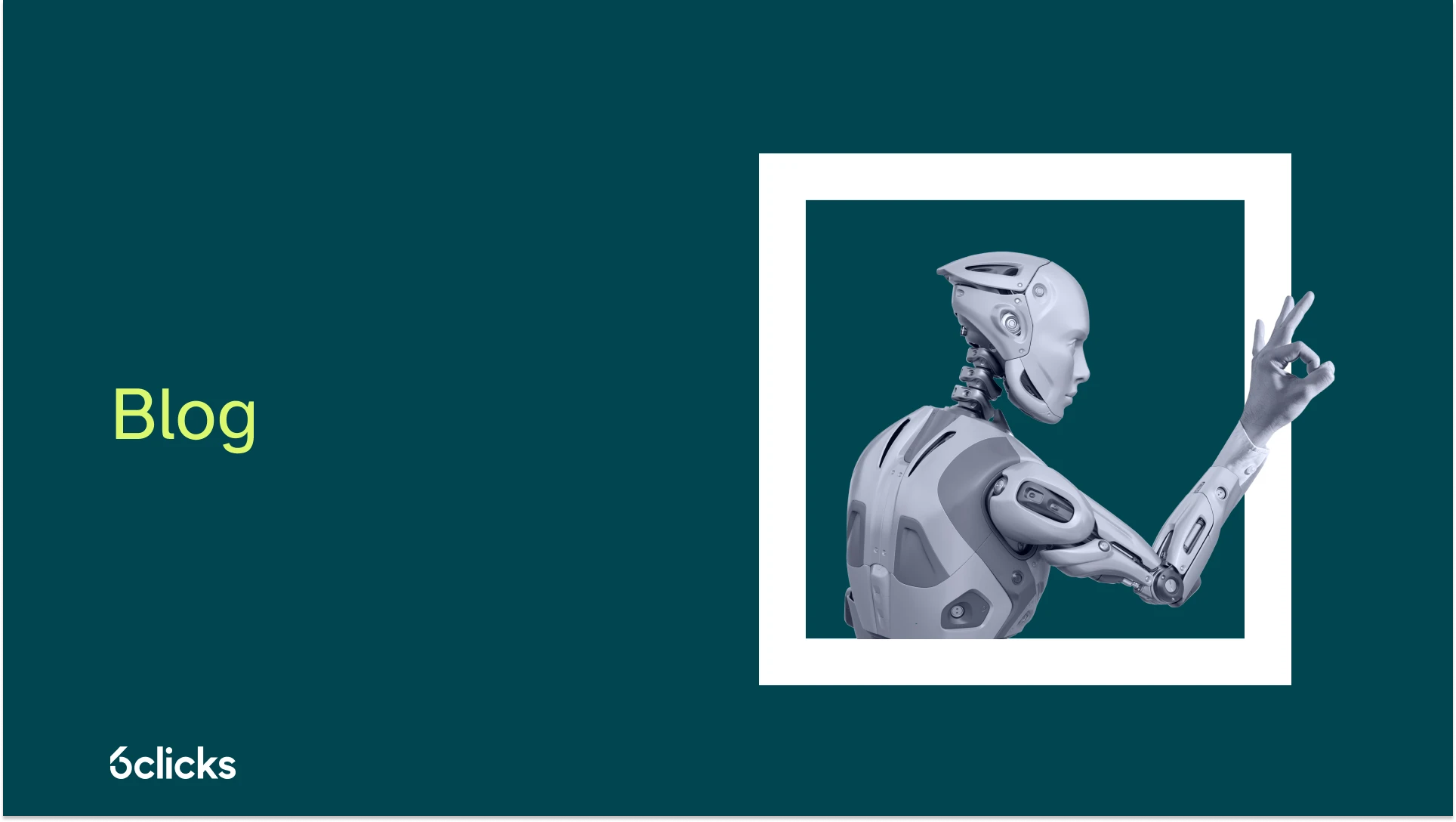One of the reasons why ISO implementation fails in some organisations is because the top management does not understand why the implementation is necessary and how exactly it would help the company. Active involvement of the top management is critical for the effective implementation and maintenance of ISO 27001 standards.
Why should the top management be involved?
'Top management’ is the term used for the senior executives in the company. They have sufficient influence as well as the authority to drive important initiatives and security strategy. From the perspective of information security programs, the top management can ensure that these programs are aligned with the company’s governance policies and ultimately this effort will impact the likelihood and severity of security incidents.
Information security is the responsibility of all employees. When this responsibility is modelled by the top management, it becomes the work culture of the entire organization. Successful implementation of ISO 27001, or for that matter any other information security program, depends on the active involvement of the top management. The policies and directions that come from the senior executives ultimately help in the execution of any security program.
The top management needs to understand how the implementation of ISO/IEC 27001 ties up with the growth of the business and profitability. Once this connection is made, their involvement is more organic and effective.
The responsibilities of top management in ISO 27001 implementation
Recognizing the significance of ISO 27001 implementation in bolstering information security is crucial for top management. By grasping the business advantages associated with adopting this globally recognized standard, they become more engaged and invested in the process. It is equally important for the teams responsible for ISO 27001 implementation to actively involve top management. They must emphasize that achieving success requires strong support from senior executives.
Furthermore, obtaining the approval of top management is essential for securing the budget needed to establish your information security management system (ISMS). However, it is important to note that leadership support is also vital when it comes to meeting the requirements of the ISO standard.
When management actively participates in the ISO 27001 implementation process and remains involved, it provides reassurance to customers that any issues with the ISMS are promptly identified and effectively addressed through corrective action.
ISO 27001 requires top management to fulfil the below security responsibilities:
1. Determine security objectives
The top-level management needs to determine the objectives for ISMS and business continuity management as part of ISO 27001 that align with the organisational goals and strategies. Determining these objectives clearly will define how the security program needs to be executed and will also help measure the success of ISO 27001 implementation.
2. Assign responsibilities
Senior executives need to assign responsibilities of various elements of ISO 27001 implementation to different security professionalspeople within the organisation. A CISO (Chief Information Security Officer) and an SO (Security Officer) are usually appointed. Some enterprises also appoint a consultant to help with ISO implementation. However, the top management and management board still needs to assign responsibilities to other members such as department heads, and then ensure that all employees are fulfilling their assigned roles well.
3. Make necessary resources available
ISO 27001 implementation requires investing in security controls. It also needs people to have enough time apart from their other responsibilities to take care of the implementation. This is where the top management comes in since this requires security team resource allocations. Without the senior executives making sure there is sufficient budget and manpower for ISO implementation, it cannot be successful.
4. Set clear policies around information security
The groundwork for ISO 27001 implementation includes strong policies for ISMS and BCMS. These and other security policies for the organisation need to be laid out. It is the responsibility of the top management to ensure that these policies are made and published. ISO 27001 clause 5.2 requires that the top management set an information security policy.
5. Carry out training and awareness programs
ISO 27001 implementation is a joint responsibility and effort. All employees must understand their role in the implementation and work towards it. The top management needs to ensure that everyone understands the wide range of importance and benefits of the implementation through training and awareness programs.
6. Review all activities
Lastly, the top management needs to ensure that all activities for the ISO 27001 implementation are carried out properly. This can include checking whether the ISMS and BCMS policies are being implemented and verifying that the objectives defined are getting fulfilled through the activities.
7. Organise the implementation
The actual implementation needs to have clearly defined stages and deadlines which the top management must decide in agreement with the other stakeholders. Risk assessment and implementation of security controls are critical parts of ISO 27001. Top managers should have high-level information about the risks and the safeguards being implemented to manage these risks.
8. Ensure the continuous improvement of information security
The goal of ISO 27001 implementation does not end with getting the certification. It is an ongoing process where the certification has to be maintained for three years and then again renewed. Also, information security is a continuous requirement for an organisation and all parts of implementing ISO 27001 need to be taken care of even beyond the first successful implementation.
Information security practices and ISO 27001 implementation need involvement from everyone in the organisation and the role of the top management is crucial. Read more about ISO 27001 implementation in The Complete Guide to ISO 27001.
Get in touch with our team to understand how the 6clicks platform makes ISO27001 implementation faster and easier.
Related useful resources
-
5 key questions every CEO must ask about the cybersecurity program
-
What do the Gartner cybersecurity trends for 2022 mean for CISOs?
-
Responsibilities of top management for ISO 27001 implementation
Written by Andrew Robinson
Andrew started his career in the startup world and went on to perform in cyber and information security advisory roles for the Australian Federal Government and several Victorian Government entities. Andrew has a Masters in Policing, Intelligence and Counter-Terrorism (PICT) specialising in Cyber Security and holds IRAP, ISO 27001 LA, CISSP, CISM and SCF certifications.










